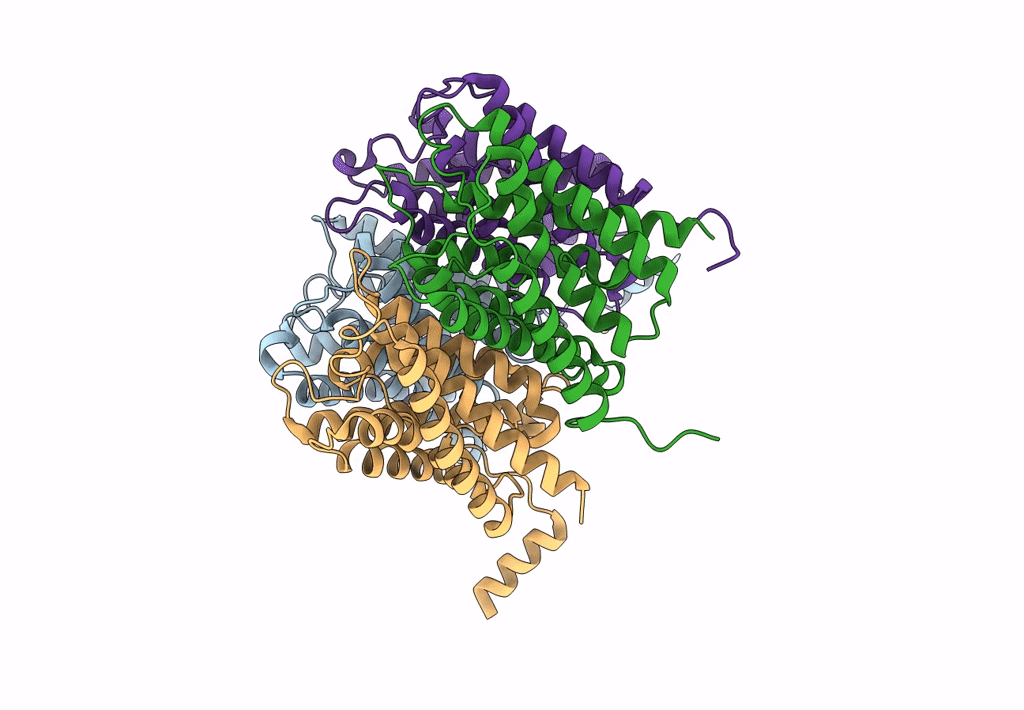
Deposition Date
2023-03-10
Release Date
2023-09-20
Last Version Date
2024-11-13
Method Details:
Experimental Method:
Resolution:
3.90 Å
R-Value Free:
0.31
R-Value Work:
0.28
R-Value Observed:
0.29
Space Group:
P 42


